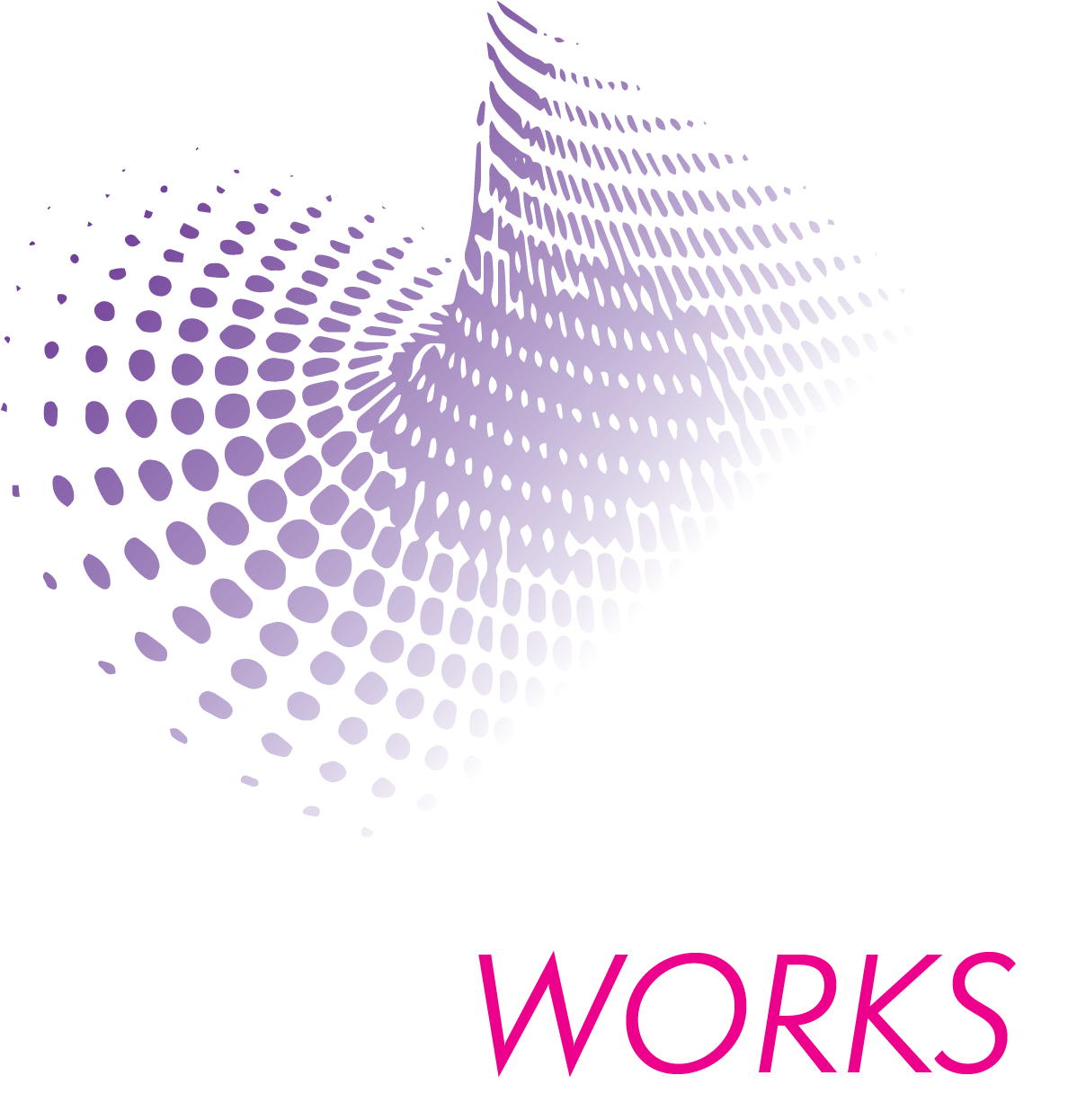In my many years of study and practice as a bodyworker and movement therapist I’ve been through so many versions of how I talk about it. Its always a difficult endeavor because bodywork is so completely experiential–a form of communication that takes place directly through touch. I see bodywork as sensory-motor education. It is incredibly effective at creating deep healing so long as the person receiving it desires to learn.
I made a video of me working with people so that we could get inside the process a bit. One of my favorite things that came up was the relationship with tenderness. I have a way of finding the tender spots–as experienced bodyworkers generally do. These places are not only tender physically, but often take us directly into our emotional bodies. They are personal, calling for great compassion as we go to our sensory edges. I think this is why sometimes we can resolve stuck patterns and trauma through the body without even needing to revisit the stories behind them. We can heal directly through the body. I invite you to watch the video and am curious if you see this too.
Want to experience this work yourself? Use the coupon code AUGUST20 for 20% off a session in August. Homestays and coaching available for out-of-towners. BOOK NOW
